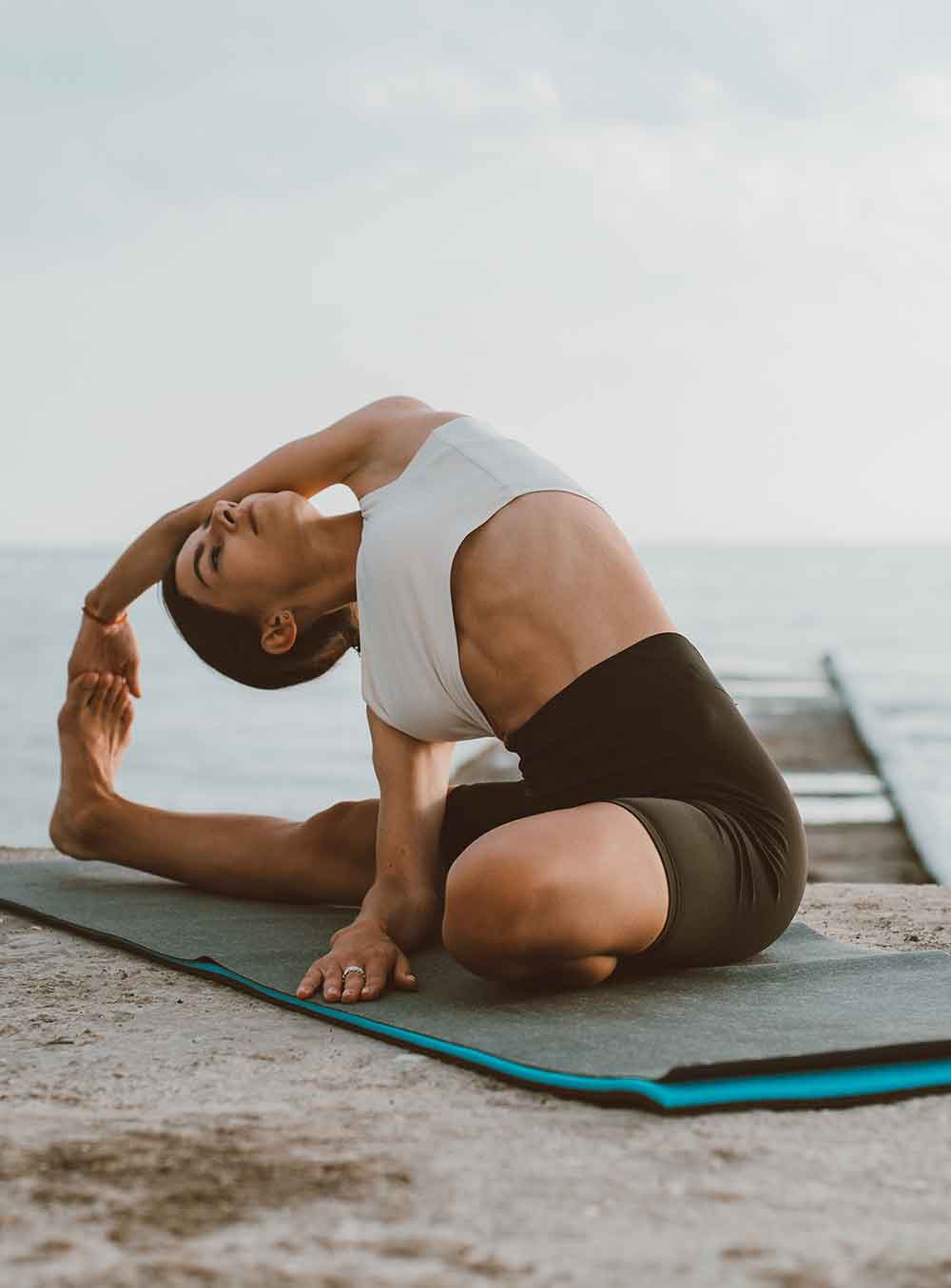Therapeutic Value of Massage
Massage is an excellent form of passive exercise. The word is derived from the Greek word ‘massier’ which means to knead. It involves the scientific manipulation of the soft tissues of the body. If correctly done on a bare body, it can be highly stimulating and invigorating.
As far back as 400 B.C., the great Hippocrates, the father of medicine, employed massage and manipulation in healing his patients. Since then it has been used as a mode of treatment for many ailments and it has restored many a sufferer to health and vigour.
Benefits
The general massage, dealing with all parts of the body, is highly beneficial in many ways. It tones up the nervous system, influences respiration and quickens the elimination of poisons and waste material from the body through the various eliminative organs such as the lungs, skin, kidneys and bowels. It also boosts blood circulation and metabolic processes. A massage removes facial wrinkles, helps to fill out hollow cheeks and neck and eases stiffness, sore muscles and numbness.
Various movements
There are five fundamental modes of manipulation in massage and these are: effleurage (stroking), friction (rubbing), petrissage (kneading), tapotment (percussion) and vibration (shaking or trembling).
1. Effleurage:
This involves sliding with the hands, using long even strokes over the surface of the body. Effleurage is performed in five ways, namely stroking with (I) palms of two hands; (ii) the palm of one hand; (iii) the knuckles; (iv) the ball of the thumb and (v) the finger tips. Effleurage increases blood circulation and soothes the nervous system. It also warms and relaxes. It is very helpful in atrophied condition of the skin.
2. Friction:
The movements, which are circular in nature are performed with the help of the thumb and tips of fingers or the palm of the hand towards the joints or around the joints. Friction limbers up joints, tendons, and muscles and facilitates the removal of deposits by breaking them. It also helps in reducing swelling after nerve inflammation.
3. Petrissage:
This is the process of kneading, pressing and rolling of the tissues and is performed with one or both hands, with two thumbs or with thumbs and fingers. One should apply heavy pressure for deep kneading and light pressure for superficial kneading. Petrissage is a treatment of the muscles. It increases nutrition, strengthens muscles, relieves intestinal congestion and helps elimination of the poisons. It boosts long activity and cellular respiration, eliminates fatigue poisons and tones up nerve endings.
4. Tapotement:
This involves hacking, tapping, clapping and beating and is achieved by striking the body rapidly.
Short and quick blows are generally given from the wrist. Tapotement helps in atrophied condition of the muscles. It increases blood supply, soothes nerves and strengthens muscles.
5. Vibrations:
This is achieved by rapidly shaking the pressing movements by use of the hand or fingers on he body. Vibrating hand should move constantly. This is beneficial in neuritis and neuralgia after the inflammatory stage is over. It stimulates circulation, glandular activity and nervous plexuses. It also helps in bowel movement.
Another form of massage helpful in most elements is the vibratory massage. This can be done by trained persons only. The vibratory muscles is more efficiently administered by a special, electrically operated machine.



Comments
Post a Comment